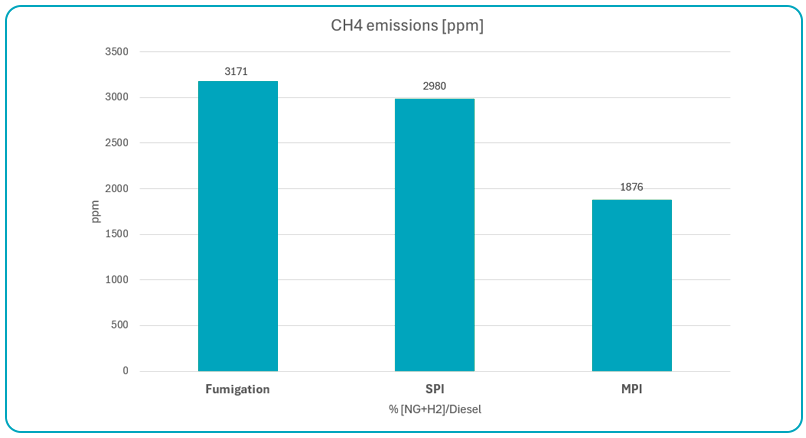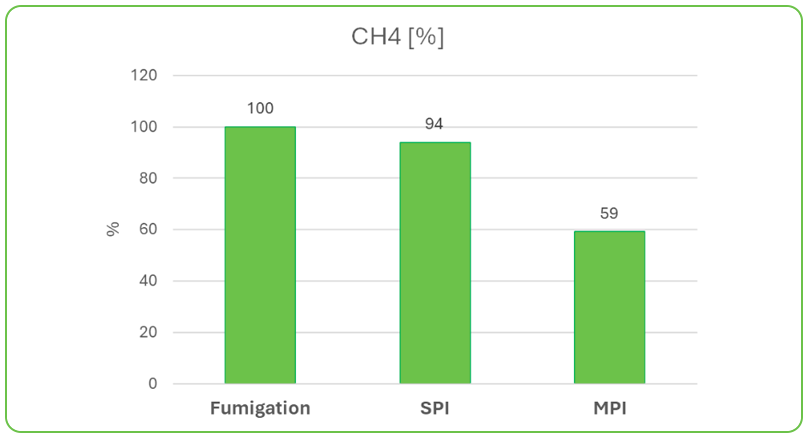You need an account to access this content
Create a free account and get access to all downloads and more!

Announcement
18 Dec 2024
5 min read
We are happy to introduce our new InteliBifuel Multiple Point Injection Technology that can significantly reduce the costs and emissions of diesel engines. As its title implies, with multiple point injection (MPI), the alternative fuel is precisely injected into each internal combustion engine cylinder, whether natural gas, hydrogen, or any other future fuel that will enter the market. The MPI technology is offered in several configurations, be it dual-fuel or tri-fuel solution.
“The MPI technology is the most efficient solution in our InteliBifuel portfolio from the performance and emission reduction perspective. Since the substitute fuel is injected into a suction manifold of each cylinder, which means a high level of precision, we can proudly say it´s one of the most effective dual or tri-fuel solutions in the market,“ says Lukas Spilka, Product Manager for Bi-fuel products at ComAp.
Multiple Point Injection technology can be utilized for engine emission reduction in multiple industries, including power generation, mining, oil and gas, industrial transportation and maritime. Depending on the engine speed and preferred substitute fuel, InteliBifuel Multiple Point Injection technology offers several configurations:
Emission reduction improvement
The MPI method enables greater emission reductions than before thanks to the precise introduction of substitute fuel. Based on the application, the extent of the decrease in emission may vary.
A concrete example of emission reduction in a real-world scenario:
The abovementioned statements about emissions reduction are based on the measurement that has been conducted with following conditions and results.
Engine: 6 in-line cylinder, RPM = 1500 min-1, max H2/Diesel @ 170 kW = 25%.
Emission results
The effect on emissions is conditioned by several factors such as engine condition, pre-injection, air-to-fuel ratio etc. Some trends can be calculated because of the proportionality to hydrogen substituting diesel.


Hydrogen plays an important role in the reduction of harmful molecules in the exhaust.

CH4 emissions reduction by the MPI technology.
Comparison of MPI with Single Point Injection (SPI) and Fumigation technologies with same substitution 40% NG and 60% diesel.
